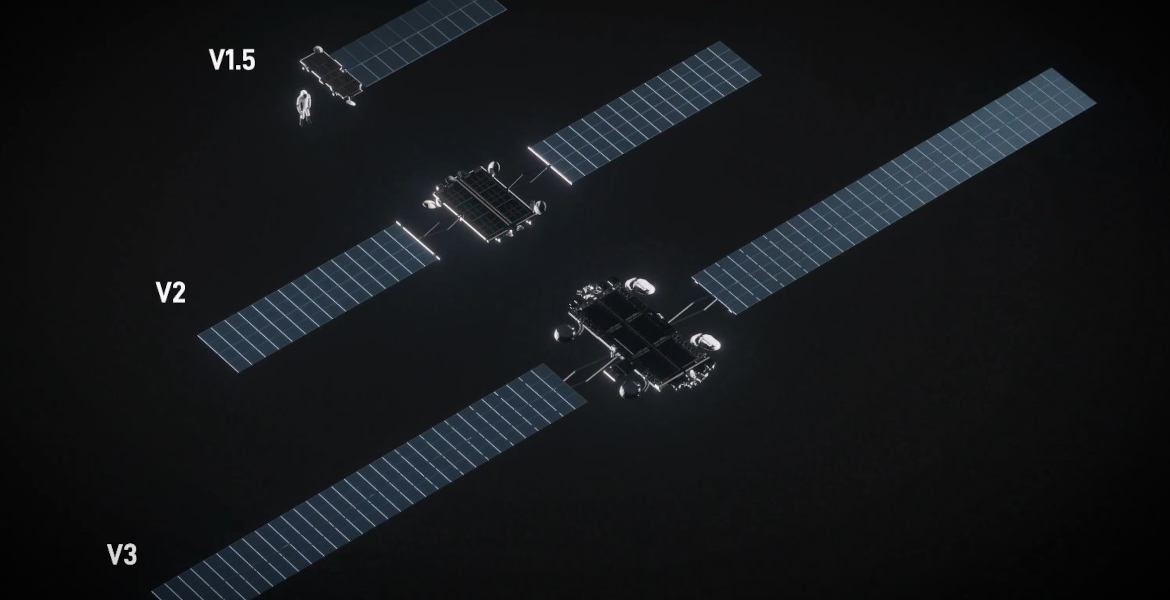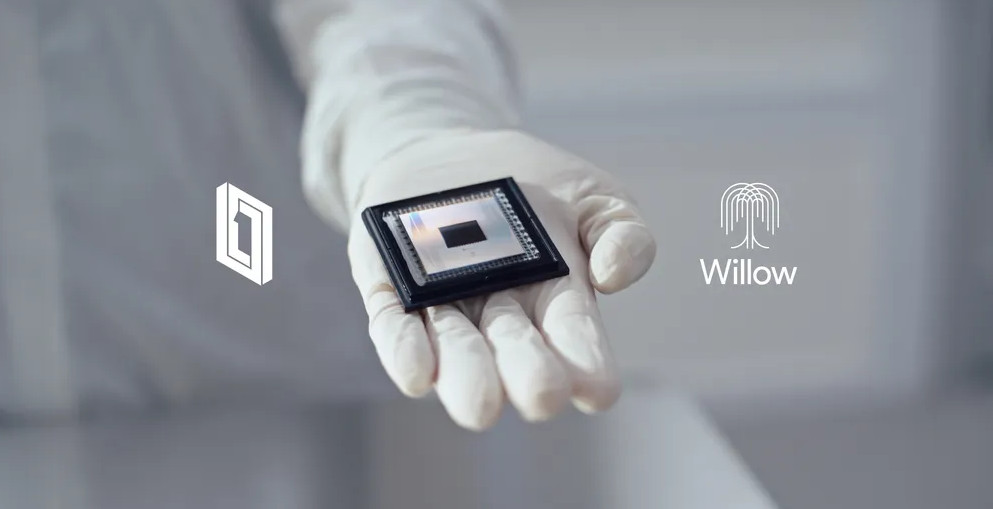Google has developed a new AI model to communicate with dolphins. The AI model, named DolphinGemma, is designed to interpret and recreate dolphins' complex sound signals.
Dolphins are known as some of the world's most communicative animals, and their social interactions are so advanced that researchers at the Wild Dolphin Project (WDP) have spent over 40 years studying them.
In particular, a dolphin population in the Bahamas has been documented for decades through audio recordings and video footage, where researchers have been able to link specific sounds to behaviors such as mating rituals, conflicts, and even individual names.
The ability to communicate with dolphins has long fascinated researchers, but until now the technology to analyze and mimic their sounds has been lacking. However, breakthroughs in AI language models have raised new hopes, and a collaboration between Google, Georgia Institute of Technology and WDP has produced DolphinGemma.
The goal: Common vocabulary between humans and animals
The model is based on the same technology as Google's Gemini system and works basically like a language model – similar to ChatGPT – but trained for dolphin sounds. It receives whistles, clicks and pulses, analyzes them and predicts what is likely to come next. In practice, it connects to a CHAT system installed on modified Google Pixel phones.
The aim of the project is not to translate the dolphins' language in its entirety, but rather to establish a basic common vocabulary between humans and animals. In the coming months, the model will be tested in the field, where researchers will try to teach the dolphins synthetic whistles linked to their favorite objects, such as seagrass and seaweed. Specifically, the ambition is for the dolphins themselves to be able to "ask for" what they want to play with, reports Popular Science.




